The role of Moovment® in the new tele-health/online-fitness landscape
Qinematic is making software to help the world to move better. The importance of exercise has been evident for centuries, and healthcare’s typical knee-jerk reaction to escalating costs for obesity, diabetes, cardiovascular disease, depression, and musculoskeletal disorders is to promote an active lifestyle AFTER the effect - when people already have a disease, and when they are least likely to move well and actually enjoy moving. The answer is to catch health problems early, and deal with them through positive health behaviours. Enlightened employers and insurers are making huge savings and increasing productivity using plans like Vitality and other services that put habitual and simple movement at the core of optimal health.
We have scanned and analysed enough people in the past years to see that only a handful of people move well and have good posture, even in athletic populations where poor movement patterns can increase the risk of injury (according to what university studies say about good movement and injury prevention). Health & fitness advisors and even employers (jobfit) have a responsibility to identify these poor movement patterns (often referred to as substitution patterns or compensations), educate individuals about the problem in order to empower them to change, and help find a solution that is realistic and achievable. Digital solutions such as Moovment can deliver accurate, fast, and understandable content during an online or face-to-face consultation for prevention and for rehabilitation. Conveniently delivered where people are located - at home, at school, at work, on the sports field, in the local pharmacy, at the gym or in the clinic.
Healthcare needs to adopt this fit-for-life approach that engages individuals as early as possible, instead of waiting for them to get sick and then try to fix them when they are already broken. Wellness and healthcare should not be separate. Everyone should aim for being Fit for Life.
There are two not-so-secret ingredients for creating an active and healthy society, and subsequently reducing the personal and financial burdon of injury and lifestyle disorders:
regular physical assessments that evaluate how well people move so that they may continue moving in a pain-free and enjoyable way. People who move well will move more, improve their mood and make healthier lifestyle choices. Read Physical activity is associated with improvements in other lifestyle behaviours from the British Medical Journal.
make these assessments and subsequent advice easy to access, simple to understand, and motivating. Health & fitness assessments and basic advice have never been more accessible with online access to health and fitness resources. Read the 4 truths that will make or break telehealth in 2021 for some great insights about the opportunities and challenges ahead of us when transitioning to a remote care model.
Learn more about Moovment here.
Keep reading for some examples of how digital 3D scans are used to define movement problems in order to choose the right intervention for prevention and rehabilitation.
Scan of a 40+ yro lady with chronic lower back pain and jaw pain showed that her body weight was too far forward due to a sway back (Kendell et al) and forward head posture. Showing her the posture helped her to understand the problem, and she was able to change her posture with 2 months of targetted intervention involving posture re-education with the physical therapist.
The initial scan shows from the front that she is leaning to the left, and for the side that she has a sway back and forward head posture. From the overhead view, it is clear that her shoulders and hips are rotated to the right.
On follow-up scan, her posture from the side and the front has improved considerably, but she still has some rotation in the hips and shoulders that may need some more attention in order to prevent the back pain from returning.
Scan of a 60+ yro lady, who had an accident and injured her right leg, showed that she was favoring her left leg and that her right leg had poor control during the squat. The scan helped establish an objective baseline for her knee control, revealing her imbalances and showing evidence of significant progress and improvement after 9 supervised training sessions.
The initial scan shows the right foot turned out, and the knee traveling towards the inside of the foot and crossing over the line of the foot (Knee Over Foot Position (Ageberg, Bennell, Crossley)) which typically aggravates knee pain. She was reluctant to put weight on the right leg during the single squat.
The second scan showed much improved right knee control and the knee traveling outwards rather than inwards. Her ability to bear weight on the right leg during single-leg squat was much improved.
Scan of a 40+ yro former professional athlete soccer player, with lateral R knee pain and intermittent swelling, showed that he shifted his weight away from the right leg by pushing the left knee outwards and shifting the hips to the left in double leg squat. In single leg squat, he had a significant inward (medial) shift of the knee towards the middle of the foot, which became more pronounced when seen from above and when viewed from a forward-facing foot position. He also compensated for the knee dysfunction by moving his shoulders (Postural Orientation Error)(Crossley, Nae).
The scan helped to reveal details that are usually not noticeable to the naked eye. Despite their athleticism and superb body awareness, even a pro athlete can develop compensations and can lose touch with certain key muscles, contributing to biomechanical faults and increasing the risk of re/injury.
